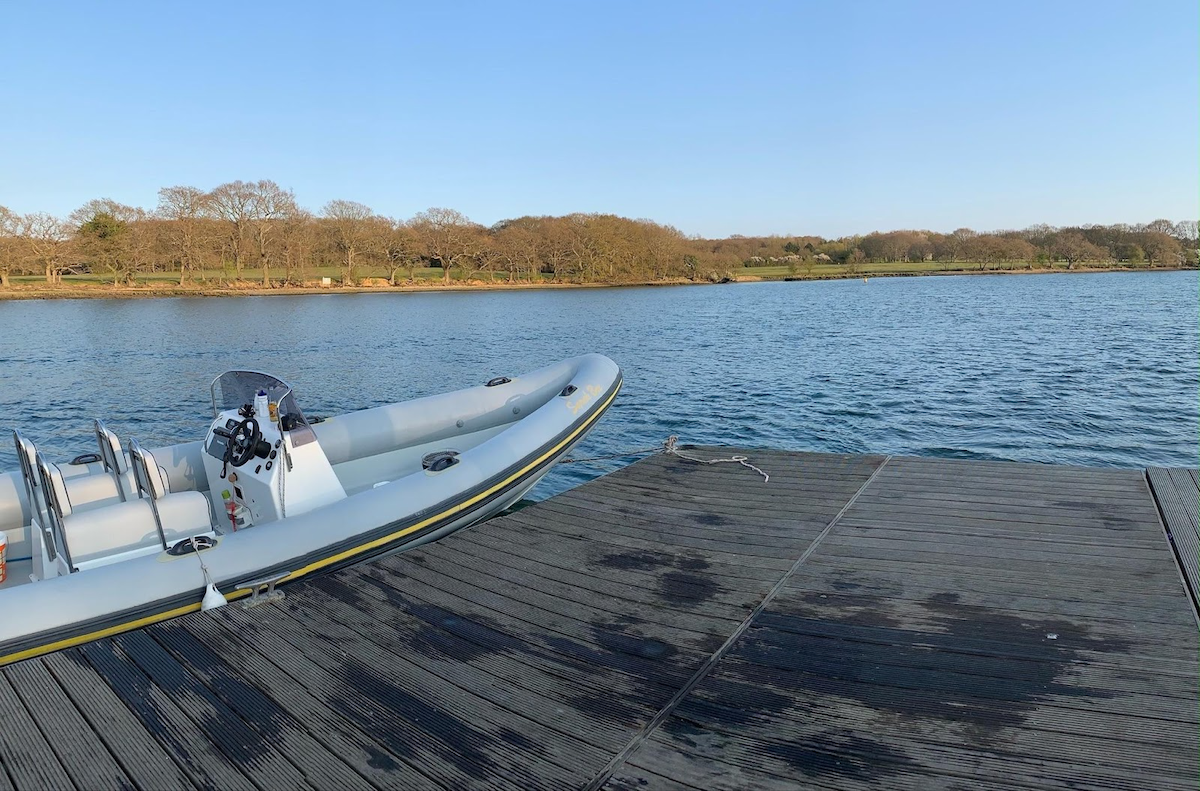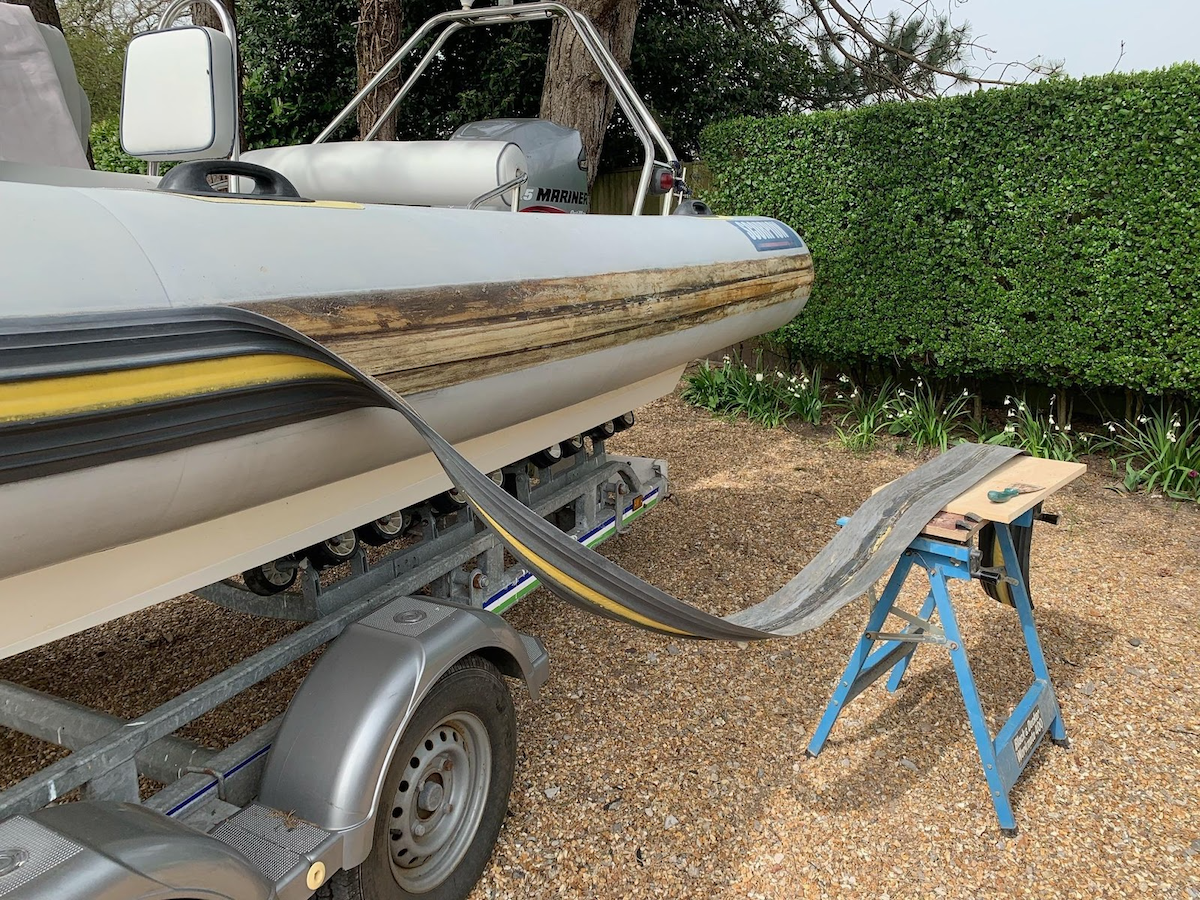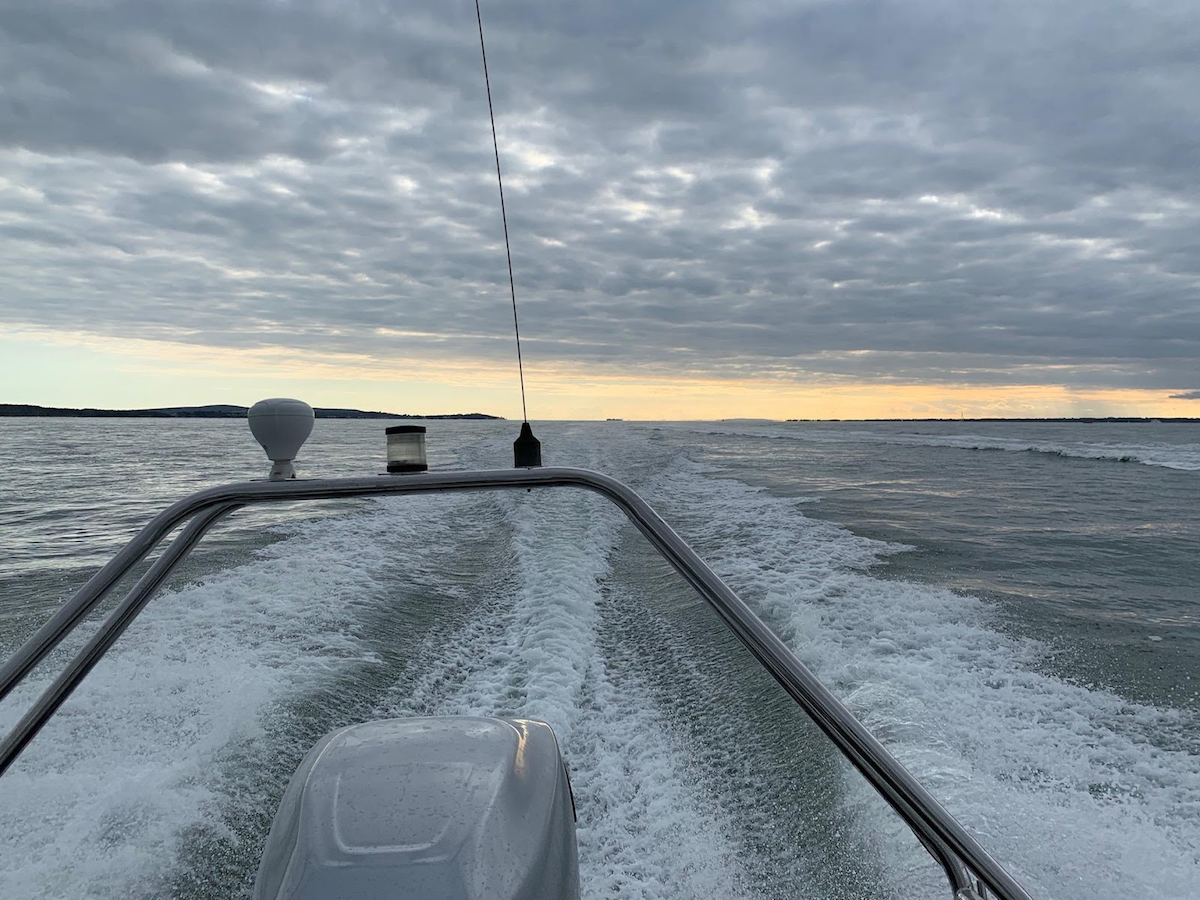
Business Manager, Charlie Merchant gives a RIB buying breakdown. From the benefits of owning one to the training specifics of RIB ownership.
1. What are the benefits of owning a RIB versus a small powerboat?
A RIB is generally more responsive in rougher conditions due to manoeuvrability and the fact that it is lighter in weight, making trailering quite a bit easier. Another important factor is that it can be easily beached or brought close to shore to drop off passengers, this is particularly great if you’re planning a barbecue on the beach!
2. What should a buyer look out for when buying a RIB?
There are certain things you should keep in mind when viewing a RIB, with the intention to buy. Here are our top things to consider:
- Engine hours not being too high (but this all relative to age and price)
- Cracks in the hull from falling off waves both underneath, on the deck and at the transom
- Think about whether it is suitable for the local conditions. Is it big enough? In open water, you’d ideally want bigger than a 6.5m RIB to be able to use in all sea states and conditions
- Is there enough storage and seating for your proposed usage?
- Consider whether you need one engine or two/four-stroke or two-stroke if buying used
3. What optional extras should a buyer consider?
- Lifejackets for all passengers
- Spare kill cord/lanyard
- Does it have a Plotter and very high frequency(VHF) radio if you are coastal based?
- Starter and leisure battery
- Stereo system
- Tow rope and associated water-based toys (wakeboards, skis, ringo… etc)
- Flares
- Handheld VHF radio
- Small tool bag – including fuses/and navigation spare bulbs

4. What sort of outboard size should potential customers think about buying?
This all depends on the size of the RIB. If you’re buying new, then take the advice from your local dealer. If used, consider weight, fuel consumption, speed vs one or two engines.
5. Can you give any advice when buying a new RIB?
Don’t go too small due to the price. Get the one you want and that suits your needs, even if you have to consider leaving off some options that could be potentially added at a later date.
6. What training do I need for a RIB?
Technically you don’t need to have any training to get on the water, but we would strongly suggest (especially if you are new to RIB ownership, or boating generally) then get on an RYA PB2 course. This will give you the basics, and you’ll know how to get on and off a pontoon safely, plan your journey, moor next to a pontoon, but more importantly, understand what to do in an emergency- particularly if someone goes overboard.
7. What additional extras do owners need to consider?
Think about the location of the RIB and travel time to get to local destinations. Also, consider the time to get home.
8. Dry stack or marina berth?
Berthing is usually a monthly cost which you need to factor into the cost of running your RIB. Dry stack is usually more expensive but it offers a service where the RIB will be launched within an hour or so from request. Covers are also usually taken off and put back on after use by the yard. The RIB will be washed down with fresh water after use – no need for antifouling. It will also stay secure, as it will be on the stack
Marina berthing is usually cheaper, but your RIB could be quite a walk away. It will also need to be antifouled each year. It’s unlikely, but you also need to consider potential risk of damage due to vandalism, and from other boat users in close proximity.
Whichever option you choose to go with, make sure it’s in a location that is easy to get to at short notice.
For more information about boat mortgages or advice on the RIB buying process, contact our team for a no-obligation chat.
